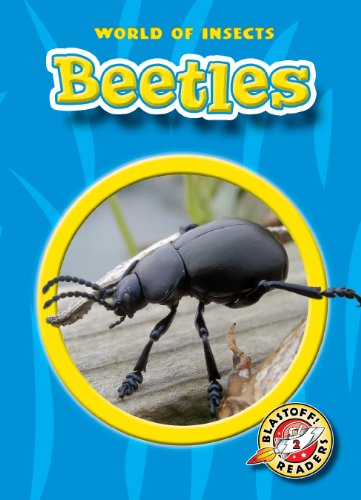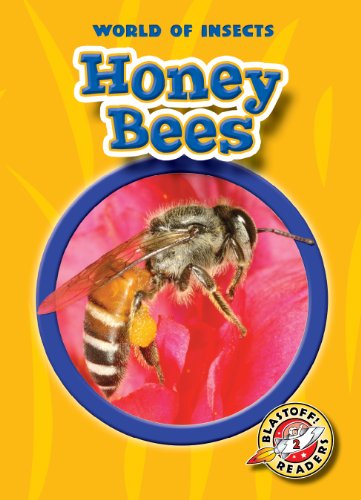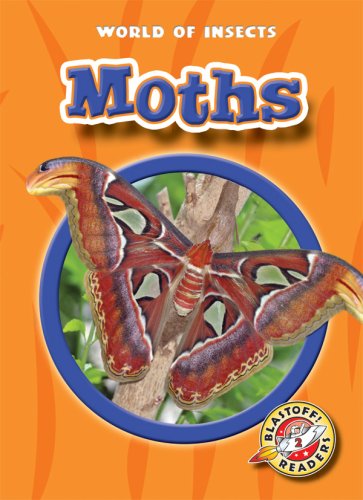-
Termites
Martha E. H. Rustad
Library Binding (Bellwether Media, Sept. 1, 2007)Termites live in colonies that are some of the most highly organized communities of insects in nature. There can be millions of termites in a colony, and each termite has a special job. Learn all about termite kings, queens, soldiers, workers, and the huge mounds that these insects make their homes. G
G
-
Crickets
Emily K. Green
Library Binding (Bellwether Media, Aug. 1, 2006)Like cicadas, crickets also sing a very recognizable song. They sing their song by rubbing their wings together! Readers will get an introduction to the different parts of a cricket's body, where crickets live, and what animals hunt crickets. G
G
-
Cockroaches
Emily K. Green
Library Binding (Bellwether Media, Aug. 1, 2006)Cockroaches like to live in warm environments, which is why many live inside people's homes. People don't like this because cockroaches come out at night and eat their food! Learn about the physical characteristics and habits of these often feared insects. G
G
-
Beetles
Colleen Sexton
Paperback (Blastoff! Readers, Jan. 1, 2008)With estimates between 5 and 8 million, beetles have more species than any other insect. Beetles can live in almost all habitats, using their strong jaws, legs, and other body parts to find food and defend themselves from predators. Eager readers will discover beetles of all shapes, sizes, habits, and colors! G
G
-
Ants
Emily K. Green
Paperback (Blastoff! Readers, Jan. 1, 2007)Ants live on every landmass on Earth except Antarctica and certain small islands. Living together in colonies, each ant plays a part in keeping the colony running smoothly. Learn how these busy insects build their homes, find their food, and work together! I
I
-
Beetles
Colleen A. Sexton
Library Binding (Bellwether Media, Jan. 30, 2007)With estimates between 5 and 8 million, beetles have more species than any other insect. Beetles can live in almost all habitats, using their strong jaws, legs, and other body parts to find food and defend themselves from predators. Eager readers will discover beetles of all shapes, sizes, habits, and colors! G
G
-
Walkingsticks
Emily K. Green
Library Binding (Childrens Pr, Sept. 1, 2006)Simple text accompanied by full-color photographs give an up-close look at walkingsticks. P
P
-
Honey Bees
Colleen Sexton
Paperback (Blastoff! Readers, Jan. 1, 2008)Honey bees collect pollen and nectar from hundreds of flowers a day. This helps flowers spread pollen to each other to make new seeds. Discover how bees go back to their hives and use the pollen and nectar to create sweet honey! G
G
-
Dragonflies
Emily K. Green
Paperback (Blastoff! Readers, Jan. 1, 2008)Did you know that dragonflies have six legs like other insects, but cannot walk? Dragonflies use their powerful wings to get from place to place. Learn all about a dragonflys wings and how dragonflies use the other parts of their bodies to hunt and survive. M
M
-
Praying Mantises
Colleen Sexton
Library Binding (Childrens Pr, March 1, 2007)None G
G

